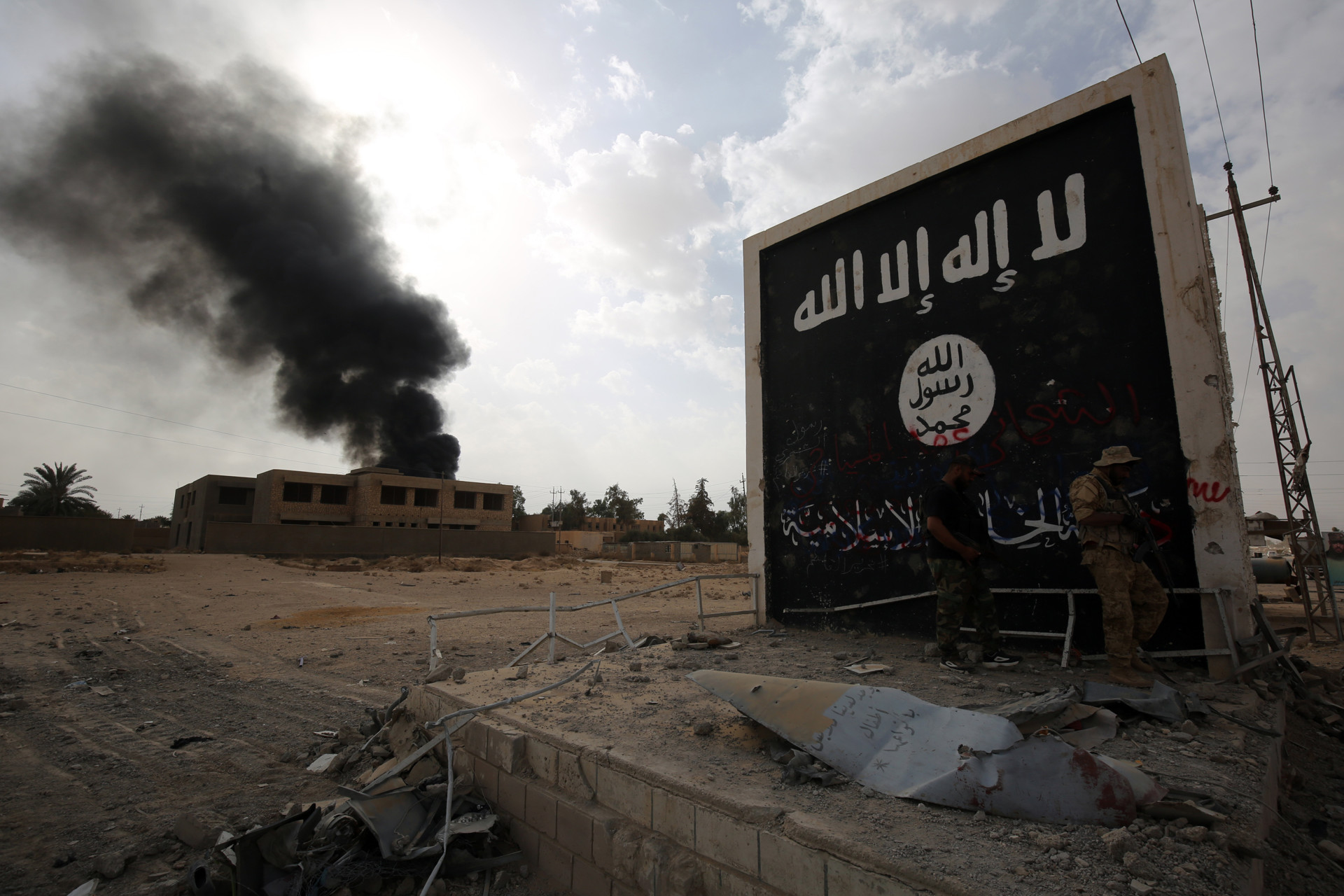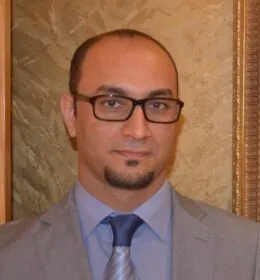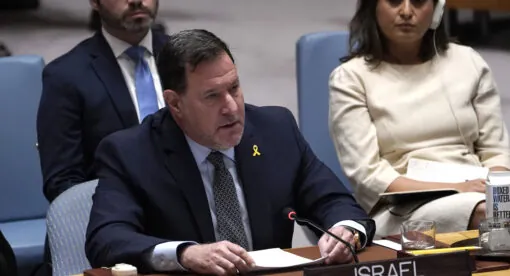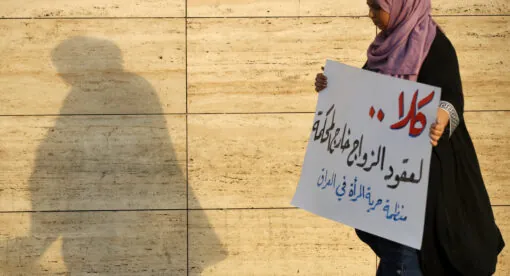Editor’s Note: This is part one of “ISIS 2020” – a series of briefings about the current status of the Islamic State by authors from different parts of the region, published by the Newlines Institute’s Nonstate Actors Program. The ISIS series is edited by Nonstate Actors Program Director Hassan Hassan, Deputy Director Faysal Itani, and Senior Fellows Aymenn Al-Tamimi and Allison McManus.
The Islamic State (ISIS) is a much more potent force in Syria than it was mere months ago. It is moving around more freely, carrying out lethal attacks against its various enemies, and entering villages to warn locals against cooperating with the Kurds, the Syrian regime, or the international coalition. The U.S.-led coalition is mobilizing forces to keep the group under pressure.
After the start of 2020, sleeper cells launched surprise attacks targeting the Syrian Democratic Forces (SDF) and what ISIS calls “the Awakenings” (a derogatory term ISIS uses for Muslim factions working alongside the SDF and the U.S.-led international coalition across Syria – a relic of the Sunni groups that fought al Qaeda in Iraq from 2005-2008). Recent ISIS operations in Syria have targeted all regions east of the Euphrates River all the way to the Syrian Desert. ISIS appears to have used small but organized fighting units to carry out recent operations.
After the Battle of Baghouz in March 2019 that ended ISIS control over territories in Syria and Iraq, the organization changed significantly. These adaptations allowed it to focus on surprise attacks against its rivals and selective targeting. The most important changes relate to its financial capabilities; the nature of its military operations; its ability to move and conduct quick, painful strikes; and the formation of new, small cells that oversee religious and social duties in areas ISIS once held in order to prove that it is still a significant – albeit clandestine – player that can shape events and intimidate locals.
Focused Attacks
ISIS does not seem to lack funding for its operations. This means the group can focus on high-value military attacks rather than on burglaries, highway robberies, or storming government offices to collect money or ransoms. According to testimonies from some ISIS members who worked in money collection, most of the money that was in Raqqah – the center of the self-declared caliphate after the fall of Mosul – remains in the possession of field commanders, and much of it is probably in Syria. It was customary to move all money, gold, and silver to safe areas before battles reached the center of a city, and that is likely what happened in Mosul and Raqqah.
Former ISIS commanders have confirmed to the author that the group transported millions of dollars from Raqqah to rural Abu Kamal, which by early 2019 became the group’s last bastion, in order to prevent the money from falling in the hands of the SDF and the international coalition. The money would likely fund ISIS for years, especially as its obligations to equip and pay large numbers of fighters or fund major military operations are now far lower than when it controlled territory and had a far larger fighting force.
If ISIS retains even a fraction of its previous fortune, which was once estimated to be in the dozens of millions of dollars, it remains wealthy enough to sustain military operations. Reports from locals in eastern Syria and observations of its activities suggest the group remains financially secure, giving it greater discretion in picking its battles rather than busying itself acquiring money. The ability to focus on strategic targeting grants ISIS speed in its operations, freedom of movement, and a greater ability to shape the security situation.
Close observation of the group’s operations in 2020 shows that recent ISIS attacks in eastern Syria, mainly in Deir ez-Zor, Raqqah, Homs, and Shaddadi south of Hasakah, were all well executed, causing high fatalities among the Syrian army and SDF and demonstrating the freedom of movement that ISIS now enjoys. ISIS has been mainly focusing on attacking Shiite militias west of the Euphrates River around cities such as Mayadin, SDF fighters east of the Euphrates, and Syrian regime forces in the desert region near Homs. These attacks seem different from last year’s attacks, in that they are more pinpointed and deadly, especially between Homs and southern Hasakah, near the Syrian-Iraqi borders.
ISIS’s Increased Visibility

ISIS has been active in the eastern part of rural Deir ez-Zor and Homs desert, where it battled the regime in the towns of Sukhnah and Jibajib on the highway connecting Deir ez-Zor and Homs, and escalated its operations from kidnapping to direct confrontations. These operations show that ISIS faces few restrictions on its movement and presence; it likely gained more freedom after coronavirus-related measures restricted residents’ movement and focused attention on containing the pandemic.
Even inside SDF-controlled towns, ISIS’s presence has increased recently. Strongly worded warnings sent by ISIS to local councils and municipalities asking staff and officials to end cooperation with the SDF, whom ISIS considers apostates, could seriously threaten service institutions in the eastern Euphrates. Such warnings were reported in several villages along the Euphrates River. These warnings are the first of their kind since the fall of the caliphate’s last refuge. Coupled with ISIS’s increased visibility and mobility, the warnings from the group are intimidating locals and making them reluctant to work with the SDF and other actors. Locals’ reluctance to cooperate with governments could then enable ISIS to move around even more freely.
Within the city of Raqqah, ISIS launched many operations targeting the SDF’s headquarters and sites, especially along Al Karama road, which once was one of ISIS’s main hotbeds. This city, which ISIS used as its capital in the past, still harbors sleeper cells. In fact, in the months of January and February alone, 32 SDF members were killed in Raqqah, according to Step News.
On April 13, ISIS’s former health department chief Muhammad Rashid Thiyab was arrested as part of a sleeper cell that was preparing for a military operation against the SDF. This followed an upsurge in ISIS’s power after prisoners staged acts of disobedience in Gweran prison in Hasakah province at the beginning of April.
ISIS appears to have also increased its religious and social activities and its interference in daily life. For example, locals in Raqqah spoke of a mysterious group of young men operating on and off in the city. Last February, these individuals visited shops and asked their owners not to hire women because it is against shariah. A restaurant owner in Raqqah said that a group of young religious men asked that he stop allowing women to work in his restaurant and sent him several subsequent warnings. The man ignored their warnings, and days later his restaurant was blown up. These individuals rarely appear in public to give warnings to those violating Islamic rules. An analyst in Raqqah described it as a religious group that monitors all religious violations and warns the offenders. If the warning goes unheeded, the group carries out operations targeting those involved directly, as was the case with the restaurant in Raqqah.

Advantages and Resilience
ISIS’s operations in Syria since the start of 2020 show that the group is more dynamic and able to affect the country’s security situation than it was just months earlier. Therefore, it is important to examine the group’s activities since the beginning of the year and the scale of those operations, whether in the Syrian desert or in the eastern and western Euphrates. Those operations include abductions and assassinations of figures associated with the SDF and attacks targeting security offices belonging to the SDF and the Syrian army.
ISIS’s operations over the past few months target a range of actors – the Syrian army, Iranian-mobilized militias, and the SDF – and there is an average of one attack every three days. Its attacks have recently involved sophisticated and heavy combat compared to the surprise attacks and assassinations that characterized its operations last year. ISIS has the ability to expand the circle of fear among its three chief targets.
Over a matter of weeks, ISIS has again proven itself to be a resilient and adaptable organization. Despite its serious losses in territory and manpower, it remains financially solvent, creative, lethal, and once again confident enough to threaten those who violate its principles. This demonstrates that gains against ISIS, even under the leadership of a global superpower, remain extremely fragile in the face of an enemy that understands local realities and opportunities and exploits them relentlessly.
Abdullah Al-Ghadhawi has conducted extensive field research in eastern Syria over the years, and speaks frequently to Kurdish and Arab leaders as well as contacts familiar with the activities of the Islamic State on the ground. He is a Syrian journalist and analyst from Deir ez-Zor, who covered Syria and the Middle East for more than a decade, including for the Saudi newspaper Okaz and the London-based Chatham House think tank. He Tweets at @GhadawiAbdullah.
The views expressed in this article are those of the author and not an official policy or position of the Newlines Institute.
Ahmad Al-Rubaye/AFP via Getty Images






